Generative AI: Fad or future?
2LK's ECD, Andy Sexton, took part in an Agency Leaders’ Debate hosted by The Drum Network on Generative AI and whether it's a passing trend, or here to stay?
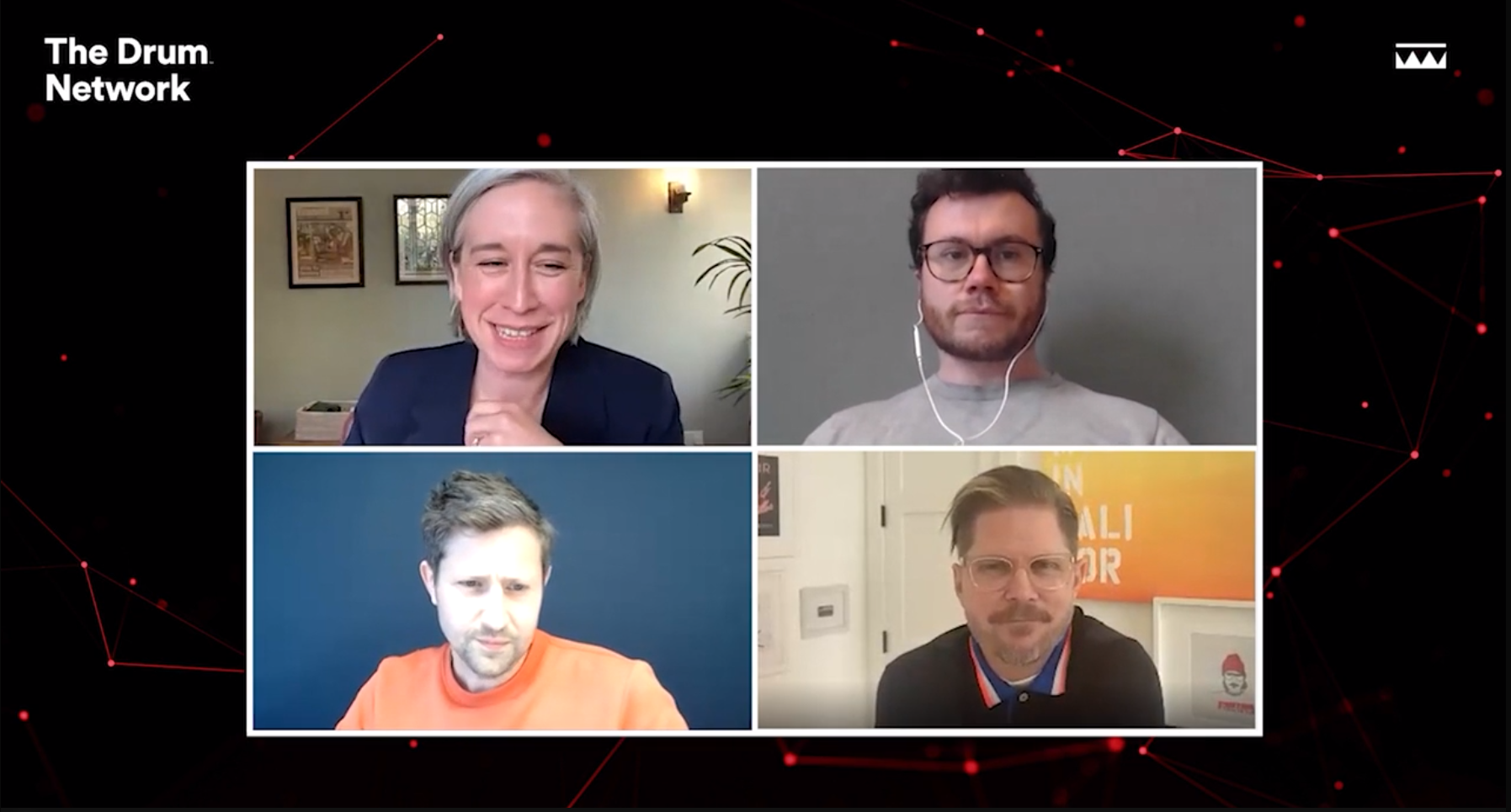
Our ECD, Andy Sexton, recently took part in an Agency Leaders Debate hosted by head of The Drum Network, Niki McMorrough, alongside Gabriel Miller of Landor & Fitch and Joe Daniels from Treacle.
The debate aimed to dissect the possible future impact of Generative AI and explore whether it really will change the game any time soon. This article covers key takeaways and ingredients from the session.
Rather than the “end of creativity”, Andy believes we’re entering into incredibly fertile new territory, rich with challenges, AKA opportunities.
The potential is limitless. As in society, within 2LK there are people who’re at different adoption stages in their journey and it’s up to those who’re more experienced to lend a hand to others to allow them to overcome their personal trepidation.
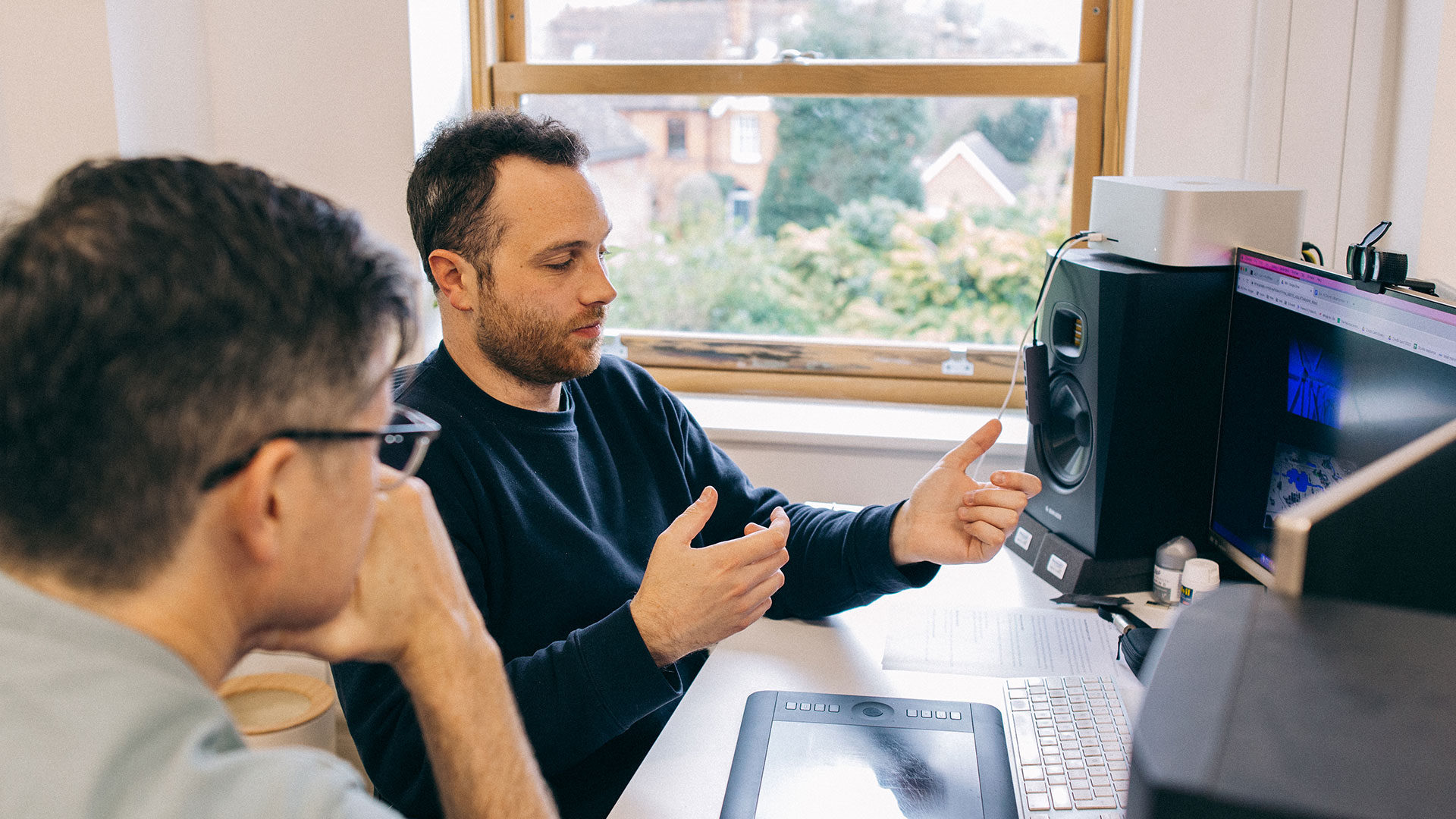
Aligning on the terminology (Generative AI vs Artificial General Intelligence – AGI).
Firstly, it’s important to establish what generative AI is, and note the difference between generative AI and AGI. Generative AI models are designed to generate new variations of data (images, text, or audio etc.), based on patterns learned from existing data. These models do not possess the ability to understand or reason about the content they generate.
AGI is highly autonomous. It can adapt, learn, have contextual understanding and apply intelligence to a wide range of tasks, similar to human intelligence. It can reason, problem-solve and make decisions. It’s a broad, largely theoretical, concept and has not yet been fully realised in practice.
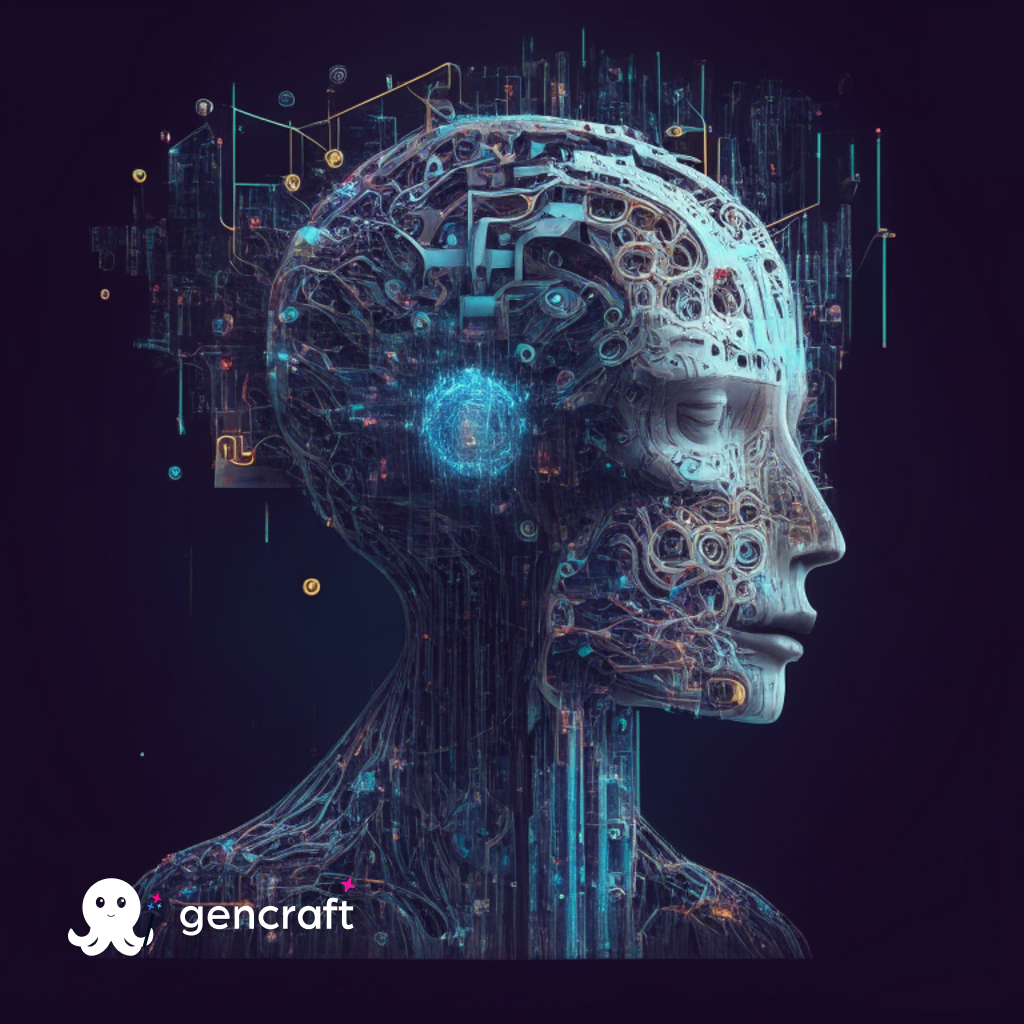
Allowing us more time to think, and create.
Generative AI shrinks the gap between idea and execution in many respects. It offers creative prompts to get the ball rolling which humans can develop and elevate to new levels – using attributes only we have, such as emotion and logic.
In this sense, generative AI will amplify what we do to allow for MORE creativity, not less, taking the administrative grunt work out and allowing more time for human touches and for agencies to take risks on R&D. Right now, the generative AI tools available give us quantity, not quality. They help designers get divergent at pace, but perhaps don’t really help us with the convergent part of the process – defining and developing brilliant ideas.
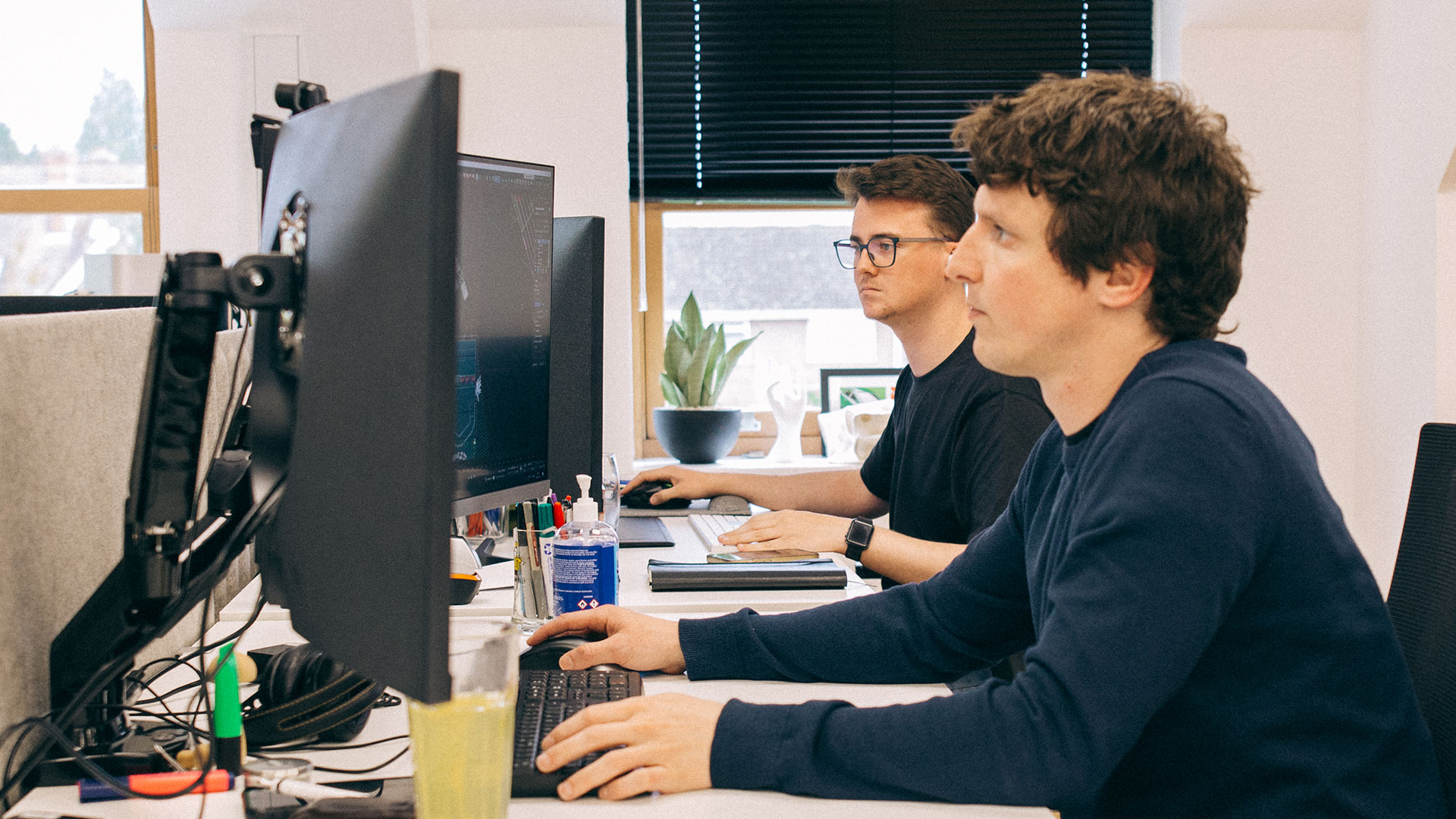
Providing new optimism.
The adoption curve for generative AI is already, and will continue to be, like nothing we’ve experienced before. Spending on AI systems will explode, creating significant new enterprise value and economies. By humanising technology, we have this golden opportunity to reimagine how we connect with machines, and therefore, how we, as human beings, connect with one another.
The door is wide open for new hybrid human-machine creative teams and AI-assisted design will accelerate prototyping immeasurably.
We’re entering the ‘voice-to-text-to-everything’ era which is like going from riding a bike to riding a horse (far faster and you don’t have to pedal) – a new kind of computing that is more powerful and more autonomous, but has its own ideas.
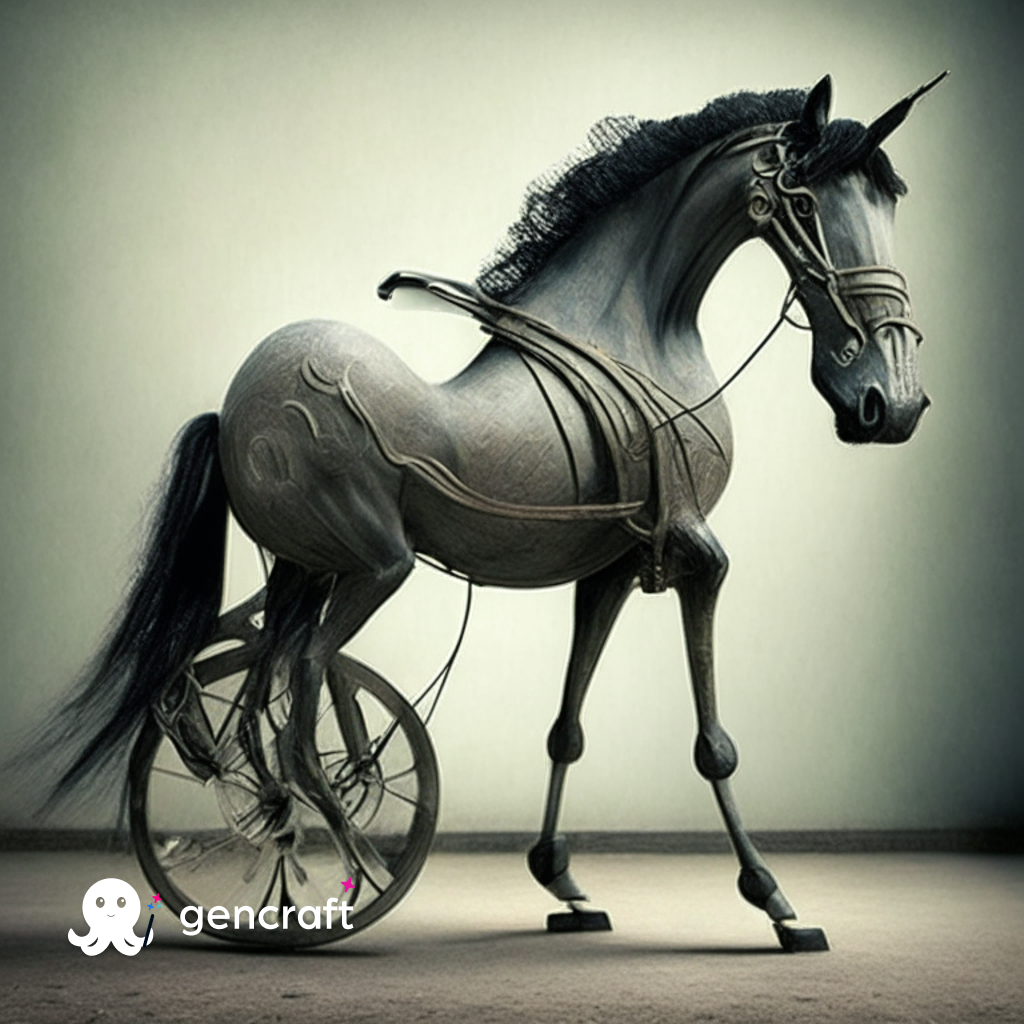
Live moments become sweeter.
Technology democratises tasks and lowers the barriers to entry in many disciplines. This trend will continue and as agencies we’ll need to work harder to define and develop our unique superpowers.
However, the pandemic has proved IRL brand experiences are irreplaceable, so whilst AI may fundamentally change the way we create future moments, the space in the industry we (2LK) occupy is under no real threat, it’s actually more likely experience marketing will have an even higher value in the comms mix.
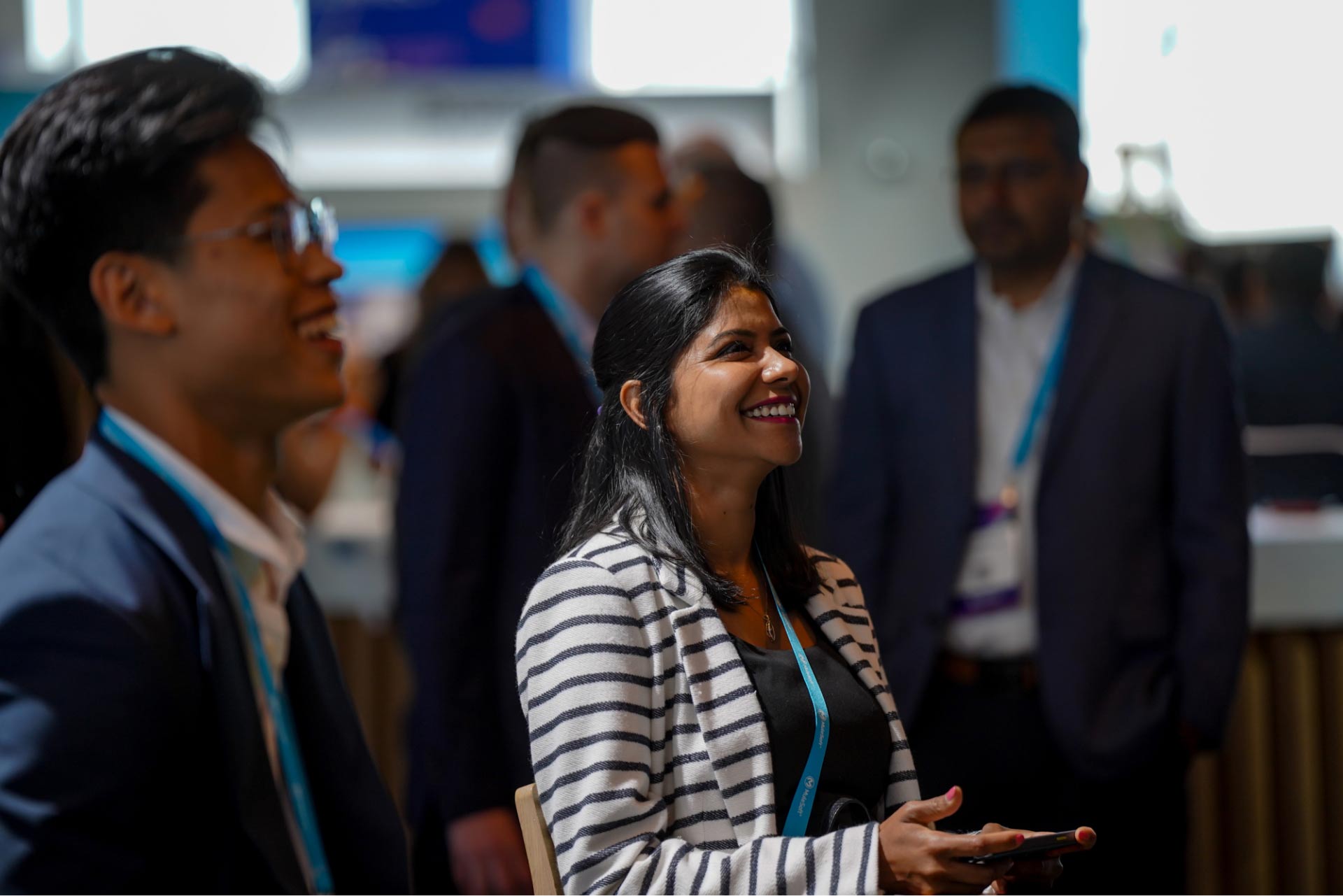
It will never create BRILLIANT work.
Think of Tesco’s’ “All buns glazing” Easter campaign. As mentioned before, some things are uniquely human – like humour, emotion and irony. AI could never have created that easy-to-understand wordplay which required sentience and real context.
As such, we’ll start to see a separation between AI generated mediocre creative/copy and really smart, witty content created by truly innovative agencies.
When it comes to the client experience AI is not equipped to overcome objections, present challenges or offer reasoning. Clients will still need agency partners to work with on outcomes rather than just outputs.
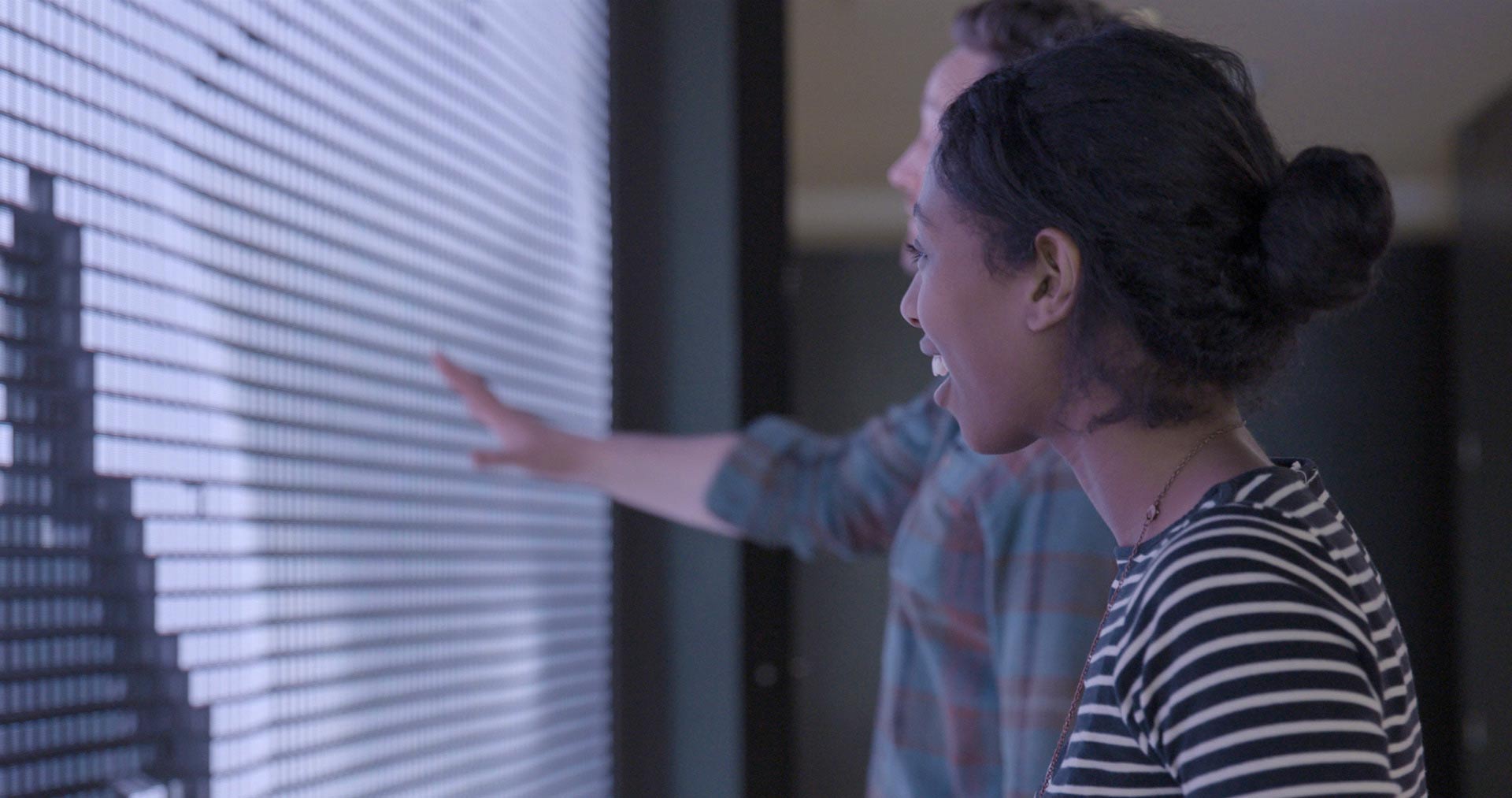
Approach with caution.
Generative AI, and indeed all new playthings, can be addictive, it feels almost like cheating – a naughty little secret. We need to be collectively mindful that we keep it as an additive/accelerant and not become ‘hooked’, and, equally, we need to allow ourselves the opportunity to explore it without feeling guilty.
As with any potentially harmful substance, it needs to be used in moderation, to augment skills and automate shallow tasks. Not to replace true creativity and not to promote misinformation.
There are plenty of naysayers, and the fear and anxiety are real – a piece of work which previously took thousands of billable hours can now be done in a matter of seconds. There are also many unknowns – ethics, ownership, coded biases and pace of change (and the lack of time to debate/test). Plus, the commercial benefits/implications could be HUGE.
However, although the tech isn’t perfect yet, we can’t wait – if we proliferate we’ll completely miss the journey. Engaging is how we grasp the new. So it’s time to get your hands dirty, to experiment. The better we become at prompting, the better the intelligence. Don’t wait for stability – it’s far from ready, but it’s real now.
Let’s talk.
If you’d like to discuss supercharging your brand experiences, contact us to make the most of moments that matter.
More reading:
Five key takeaways from WXS 2023
SXSW – why go and how to do it
What did MWC 2023 tell us about the future impact of AI on brand experiences?